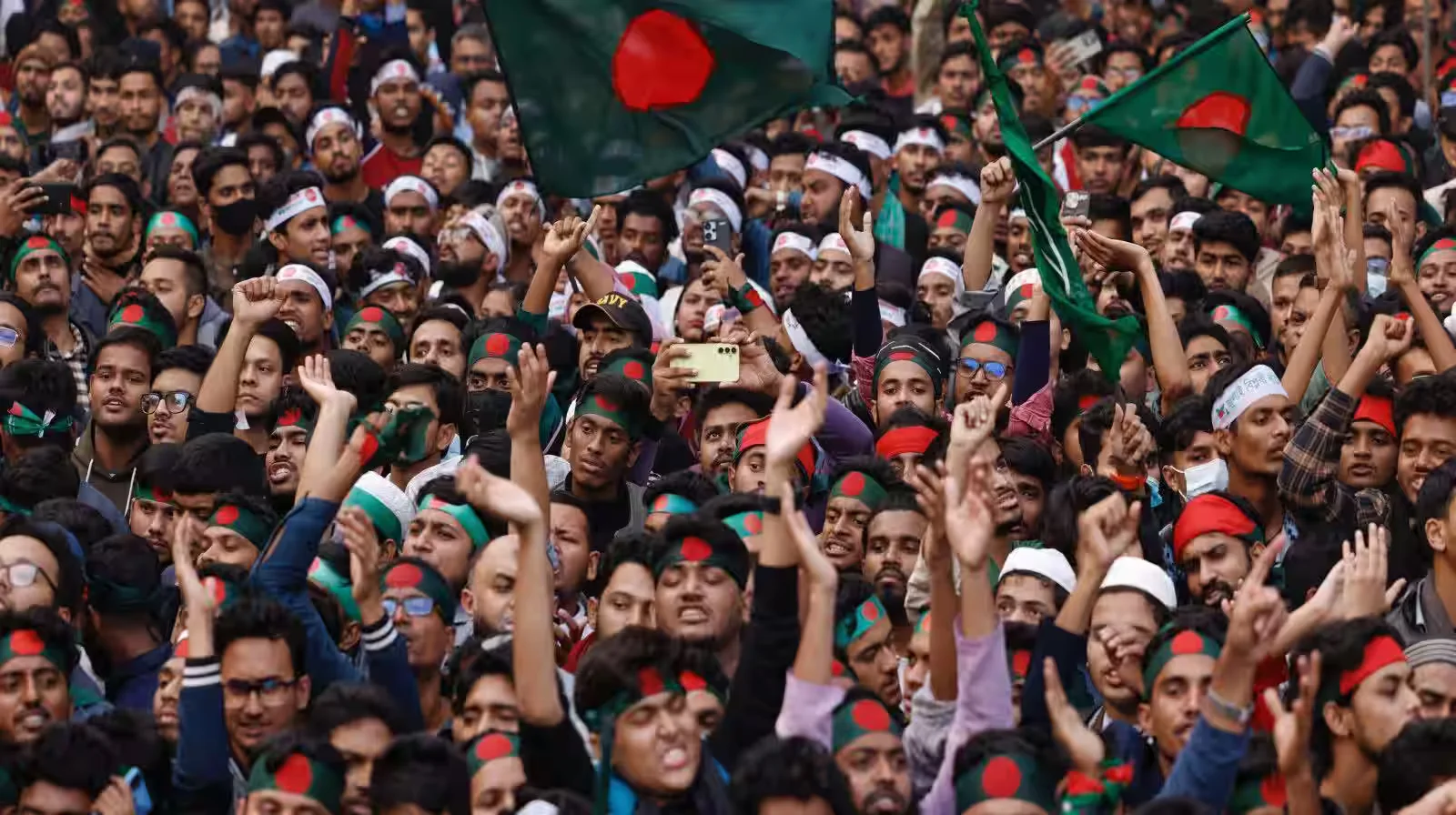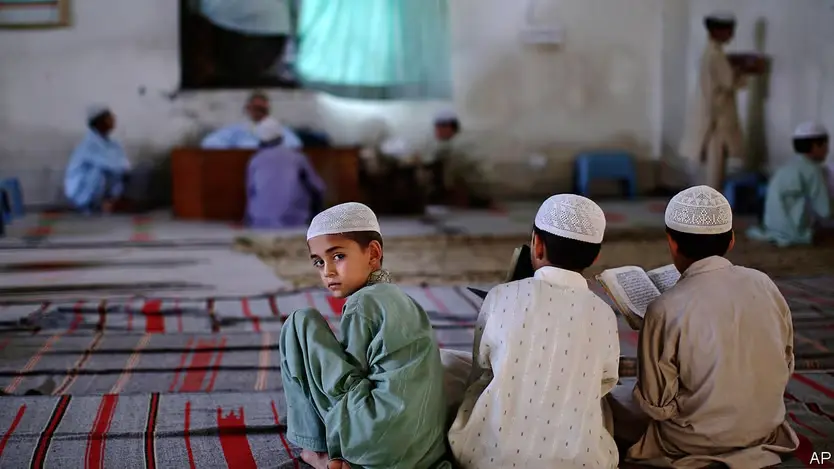ISLAMABAD: With almost $29 billion in loans, China has become Pakistan’s largest creditor.
The nation, home to 240 million people, also ranks among the top three loan recipients from the International Monetary Fund (IMF) this year, according to a World Bank report.
The World Bank’s International Debt Report released on Tuesday notes that Pakistan’s high debt-to-export and debt-to-revenue ratios indicate a weakening fiscal position.
The World Bank put Pakistan’s total external debt (including IMF) at $130.85bn in 2023, accounting for 352 per cent of its total exports and 39pc of gross national income (GNI). Pakistan’s total external debt servicing amounted to 43pc of total exports and 5pc of GNI.
According to the report, China had the single largest share of debt, making it Pakistan’s largest creditor. China’s share stood at 22pc (about $28.786bn). The World Bank followed with an 18pc share ($23.55bn). The Asian Development Bank ranked third with a 15pc share ($19.63bn).
Saudi Arabia stood out as the second largest bilateral lender to Pakistan with 7pc of total debt or about $9.16bn.
Also See: Pakistan discusses $7 billion bailout reform agenda with IMF
Pakistan’s Rising Debt
World Bank warns of Pakistan’s weakening fiscal position amid rising debt
Of the total external debt stock, about 45pc ($58.88bn) belonged to bilateral lenders. Another 46pc (about $60.2bn) was owed to multilateral lenders. The remaining 9pc of debt belonged to private lenders, with bondholders holding an 8pc share.
The report noted that of the total $130.85bn, long-term external debt stocks stood at $110.44bn, $11.53bn IMF credit and allocations and $8.878bn in short-term external debt. Total disbursements to Pakistan amounted to $12.945bn in 2023, while total repayments touched $14bn, including interest payments of $4.33bn.
According to the report, developing countries spent a record $1.4 trillion to service their foreign debt. Their interest costs climbed to a 20-year high in 2023. Interest payments surged by nearly a third to $406bn. This squeezed the budgets of many countries in critical areas such as health, education, and the environment.
South Asia Faces Surging Debt Interest
The financial strain was fiercest for the poorest and most vulnerable countries — those eligible to borrow from the World Bank’s International Development Association (IDA), the data showed. These countries paid a record $96.2bn to service their debt in 2023.
Although repayments of principal decreased by nearly 8pc to $61.6 billion, interest costs surged to an all-time high of $34.6bn in 2023. This was four times the amount a decade ago. On average, interest payments of IDA countries now amount to nearly 6pc of the export earnings of IDA-eligible countries. This level hasn’t been seen since 1999. For some countries, the payments run as high as 38pc of export earnings. Pakistan surpassed this landmark, with its interest payments standing at 43pc of exports.
The report noted that South Asia saw the biggest yearly increase in interest payments on public and publicly guaranteed (PPG) debt in 2023, rising 62pc to $12.5bn. The increase was most noticeable in Bangladesh and India, whose interest payments increased by more than 90pc in 2023. Pakistan made the second-largest interest payments in the region.
Rising Interest Payments Strain LMICs
According to the report, low & middle-income countries’ (LMICs) tightened fiscal space and high interest rates have put many countries in weak fiscal positions because of elevated payments.
Interest payments as a share of export earnings — a measure of a country’s repayment capacity — significantly increased by 1.6 percentage points in 2023. This rise brought the share to 5.8pc, a level last recorded in 2005. Mozambique (38.3pc), Senegal (25.9pc), Pakistan (13.6pc), Kenya (12.8pc), and Dominica (10.3pc) had the highest ratios of interest payments on total debt to export earnings. This situation has weakened their fiscal positions, the report observed.
The World Bank said IMF repurchases for LMICs, excluding Argentina, more than doubled in 2023 to $12.2bn. The top repurchases were registered from Egypt, Ukraine, and Pakistan. In terms of volume, the top five LMIC recipients of personal remittances in 2023 were India ($119.5bn), followed by Mexico ($66.2bn), the Philippines ($39.1bn), China ($29.1bn), and Pakistan ($26.6bn).
This news is sourced from Dawn and is intended for informational purposes only.

![Pakistan's debt crisis: China leads as largest creditor; World Bank report highlights fiscal challenges and rising repayments. [Image via Dawn News]](https://southasiatimes.org/wp-content/uploads/2024/12/041057442d1341c.webp)




